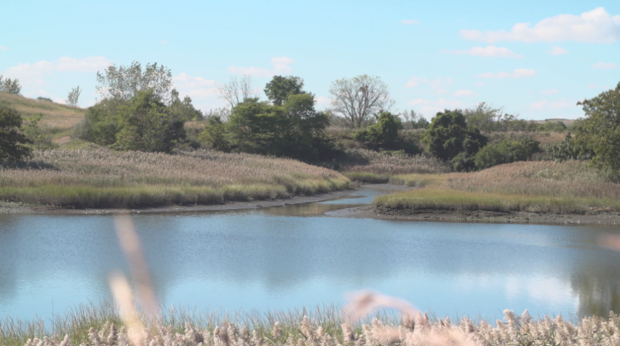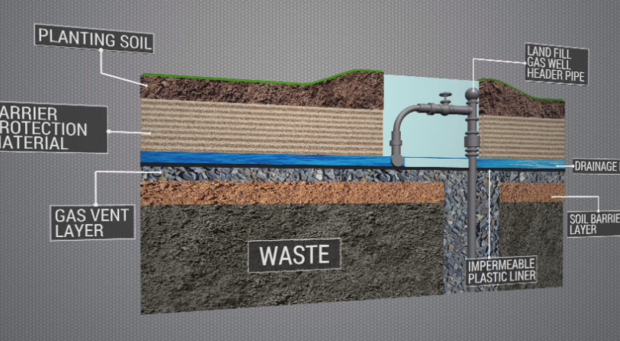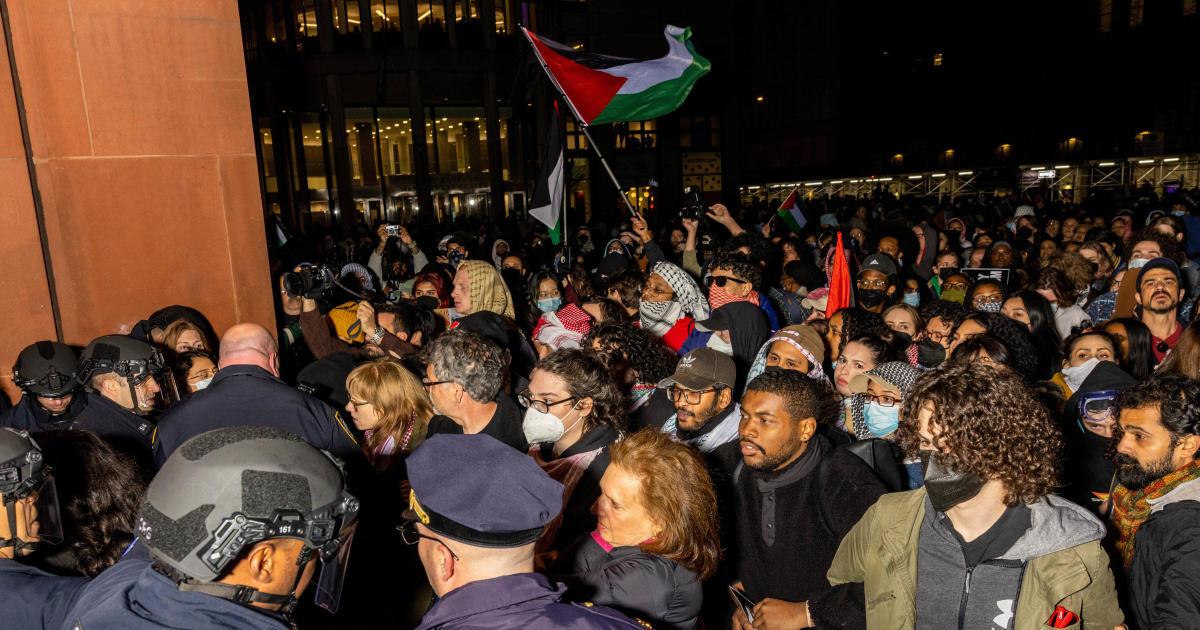Freshkills landfill, once the world's largest dump, being transformed into park
Staten Island's Freshkills Park was once the world's largest landfill, a dumping ground for New York City's abundant heaps of garbage. Eloise Hirsh, administrator of Freshkills Park and president of the Freshkills Park Alliance, was tasked with transforming those hundreds of acres of compiled garbage into an enormous, activity-filled public space. Hirsh, atop a hill with hundreds of acres of land at her heels, points across the water at the Manhattan skyline.
"They're gonna fly kites, they're gonna see a scientific mobile lab that we have there. They're gonna see phenomenal views that we have of the waterways and also the Manhattan-like Oz in the distance," said Hirsh.
At 2,200 acres, Freskhkills Park will be nearly three times the size of New York's Central Park, making it the largest park to be developed in the city in over 100 years. The landfill it's being built upon was shut down in 2001 and the vast park is opening in phases, with its completion projected in 2036.
Each section of the park gives visitors a glimpse at the extensive undertaking. The public space will include fields, playgrounds and even kayaking, art installations and horseback riding trails. The goal is to create a space where people can engage and enjoy the scenery but also learn about the impact everyday waste has.
Cities like New York generate a massive amount of municipal waste. A 2015 report in the Proceedings of the National Academy of Sciences found that residents in the broader metropolitan area of New York throw away 33 million tons of trash per year.
According to the World Bank, cities around the world generate 1.3 billion tons of solid waste annually. It estimates that as global urbanization accelerates and populations grow, the figure will rise to 2.2 billion tons by 2025.
"If you're worried about it maybe you should be thinking about what is in your garbage, all the plastic and the wrappings and those things," said Hirsh.
The message is a profound one that's resonated far beyond Staten Island. Representatives from around the globe have visited Freshkills to learn about its mission and bring home the message of waste transformation and awareness.
One of the most apt examples of this global cooperation is the Freshkills' sister park in Israel, Ariel Sharon Park, created from the Hiriya landfill. Administrators of the two parks share notes and ideas about the ambitious projects.
Youth engagement is key to this process, informing young people about how trash shapes the landscapes of their future. A mobile science lab teaches visitors about how the space is being transformed.
Part of the space will also be a place for solemn reflection. The park holds a reminder of harrowing times. Debris from the Sept. 11, 2001 attack on the World Trade Center, whose twin towers once stood just across the harbor, is buried on site.
"The plan for that is that when that area is kept enclosed, finally, there probably will be a public commission of some kind and probably some kind of a competition ... for a design for a monument. It'll be a monument both to the people who were lost and also to the people on the recovery effort."
Given the park's complex history, Hirsh stresses that they are taking their time with the project, making sure that all regulations are carefully reviewed and fulfilled.
The scientific process has gone through strict rules and regulations to ensure the safety of the space. Robin Geller, from the New York Department of Sanitation, helps manage the process of ensuring the 150,000 cubic tons of landfill is safely repurposed.
"When you close a landfill there are two parts to it. One is that you stop taking the waste but the other is that you have to install a whole system of final cover construction," explained Geller.
The bottom layer is consolidated garbage. Above that is a layer of intermediate soil cover. That is then covered with a landfill cap that includes an impermeable plastic liner and a gas vent to release methane from the garbage as it decomposes. These layers work to mitigate contamination, ensure safe collection of released gas as garbage decomposes and ultimately provide a safe, habitable and scenic space.
Those who spent years seeing Freshkills as an eyesore and reminder of excessive waste were skeptical at first about its transformation into a park, but Hirsh says they're starting to believe it's coming to fruition.
"This place is -- has an appeal for kind of an urban adventure. This is a place where you can imagine yourself to hike like you would in a state park, ride a bike, someday you could fish. We have kayaking, actually, on the weekends."
But what Hirsh hopes people take away from the park is a sense of responsibility when it come to managing our consumption and waste.
"This is what's in your kitchen and your garage, if you have one, and really it's your responsibility to be mindful about what you throw away and to think about it. Be conscious."






